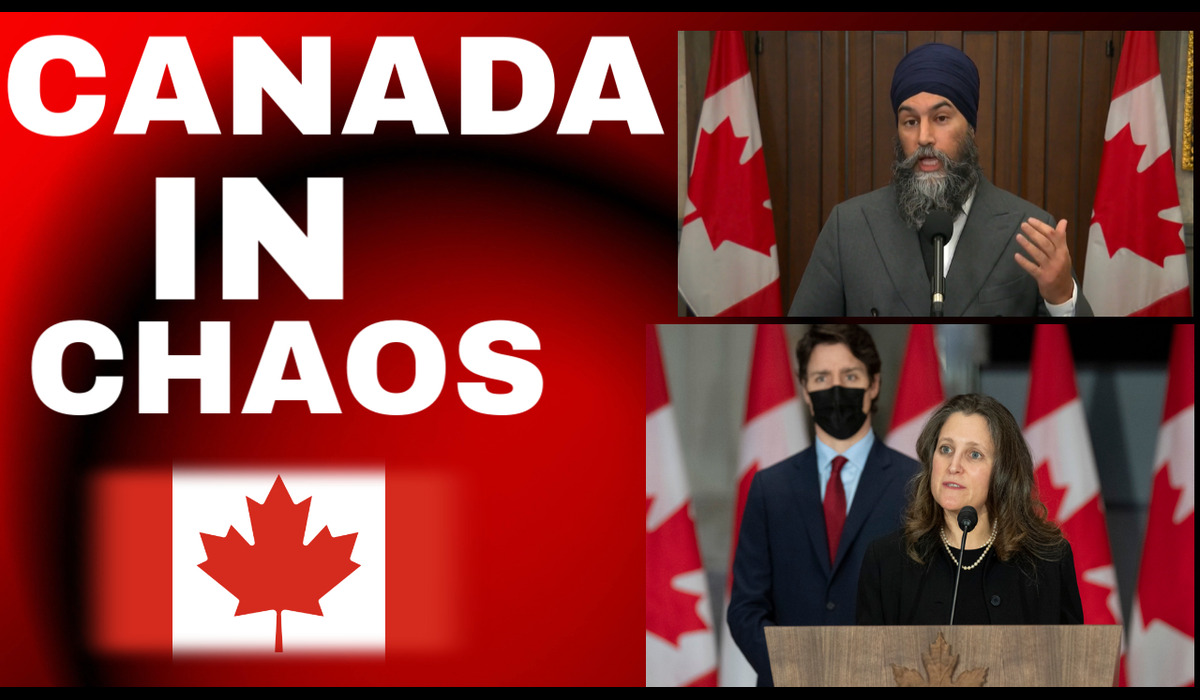Image Credit, Gerd Altmann
Canadians got a glimmer of hope today as Statistics Canada reported inflation dipped to 2.7% in April, down from 2.9% in March. This slowdown is largely driven by a decrease in food prices, particularly meat, fruit, and non-alcoholic beverages. However, the good news comes with a caveat: grocery bills remain significantly higher than just a few years ago, with Statistics Canada pointing to a 21.4% increase since April 2021.
The Bank of Canada is keenly watching these numbers. Their primary objective is to keep inflation under control, ideally around the 2% target. With inflation trending down, some economists are predicting a rate cut at the Bank’s next meeting in June. This would provide some relief to Canadians grappling with high fuel and grocery costs.
However, the Bank of Canada faces a delicate balancing act. While high inflation erodes purchasing power, lowering interest rates too quickly can reignite inflation, creating a vicious cycle. The Bank must also consider ongoing global tensions, which can significantly impact oil prices, a major driver of inflation.
Adding another layer of complexity is the ongoing battle with grocery giants. The government’s call for a grocery pledge to curb price hikes has yet to see all major players on board. This lack of cooperation makes it harder to predict future food price trends.
The Bank of Canada’s decision in June will be closely watched. A rate cut could stimulate the economy but risk reigniting inflation. Maintaining rates would help control inflation but may also dampen economic growth. The Bank must navigate these competing priorities while keeping a watchful eye on global events that can throw a wrench into the best-laid plans.









